Formula for calculating the extraction rate and concentration of coffee gold cup what is the standard of gold cup extraction criteria?
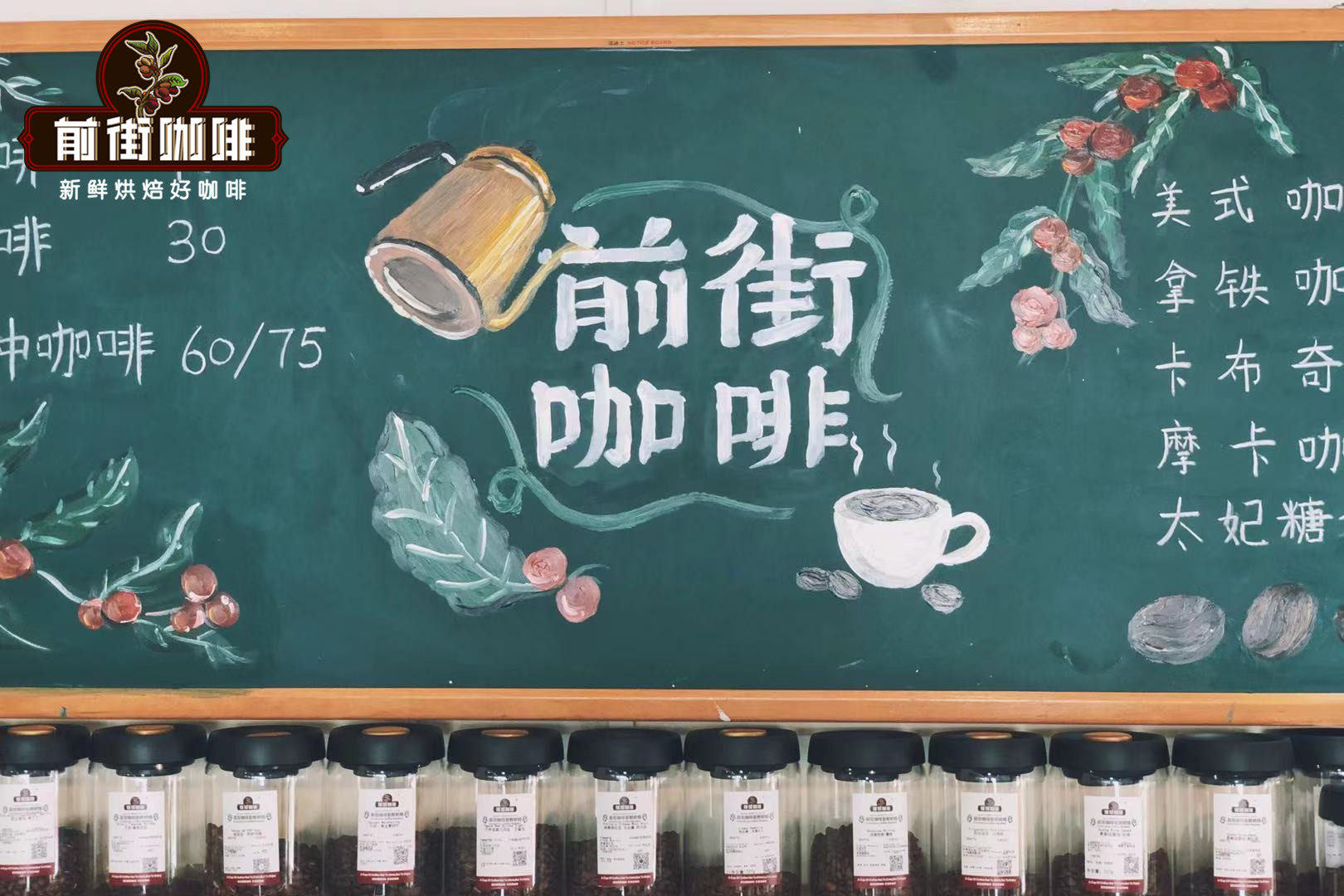
For professional baristas, please follow the coffee workshop (Wechat official account cafe_style)
In the actual coffee extraction, in order to pursue the better taste of coffee, we should not only strive for the original taste of coffee, but also avoid producing bad taste. There are several widely accepted criteria for the proportion of trade-offs, which is the legendary Glod Cup standard. In coffee, the standard is very important, it is like a circle, like a line, giving beginners a reference benchmark, but what is more important is not the standard, but constantly experimenting and exploring on the basis of the standard. in order to find a gold cup standard that suits you and consumers. American Fine Coffee Association (SCAA):
Extraction rate [18% Mel 22%] concentration [1.15% Mel 1.35%] European Fine Coffee Association (SCAE):
Extraction rate [18% Mel 22%] concentration [1.2% Mel 1.45%] Norwegian Coffee Association (NCA):
Extraction rate [18% Mel 22%] concentration [1.3% Mel 1.55%] Brazilian Coffee Association (ABIC):
Extraction rate [18% Mel 22%] concentration [2% Mel 2.4%]
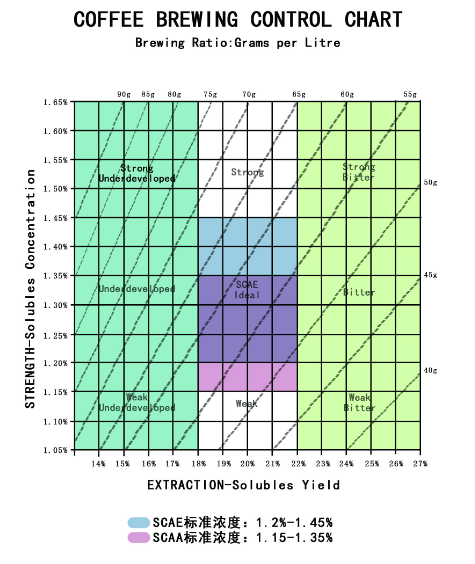
[concentration] indicates the proportion of "extracted coffee substance" to the total coffee liquid in a cup of coffee. [extraction rate] indicates the proportion of "extracted coffee substance" to the total weight of coffee beans.
Insufficient extraction means that the extraction rate is less than 18%, and over extraction means that the extraction rate is more than 22%.
Qianjie coffee is according to this range, to regulate our brewing parameters, every time there are new beans on the shelf, will go through the adjustment of roasting, cup testing, hand brewing and other links, in which the adjustment direction is to look at the TDS concentration, of course, usually drink coffee at home, it is not necessary to buy special equipment, according to the taste to judge the intensity.
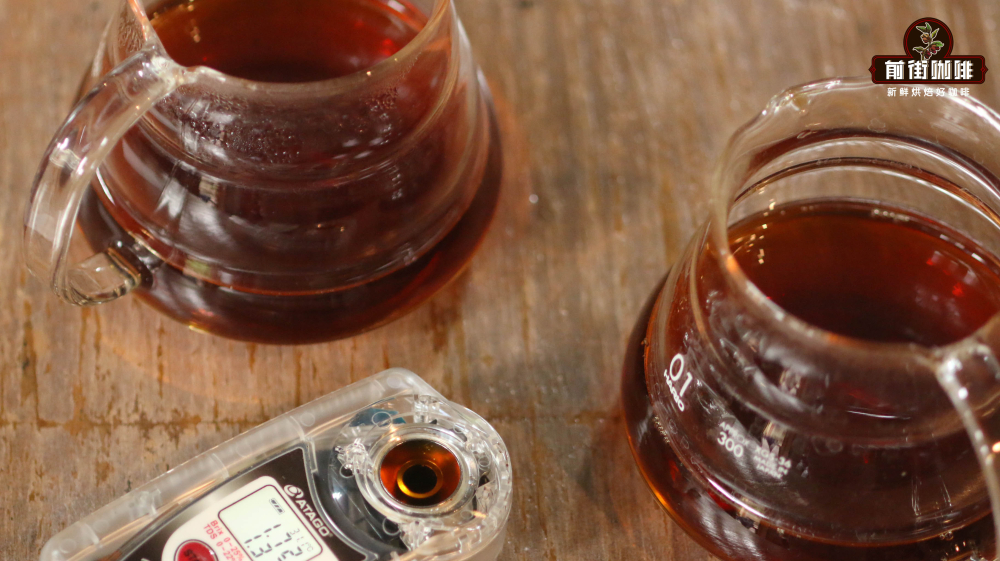
The Origin of Gold Cup extraction
Coffee concentration and extraction rate are two proper terms, and most baristas still confuse them and don't know who is which; the two are like the Haier brothers, independent individuals, but no one is separated from each other, so it's much easier to understand.
After World War II, the National Coffee Association (National Coffee Association) hired Ernest Earl Lockhart, Ph.D. in chemistry from the Massachusetts Institute of Technology (Dr.Ernest Eral Lockhart,1912~2006) in 1952, to establish the Coffee Brewing Society (Coffee Brewing Institute,1952--1964) to be responsible for the scientific research, promotion and publication of follicular coffee, and to assist coffee-producing countries in Central and South America to sell coffee to the United States.
The team led by Dr. Lockhart analyzed in detail the structure and composition of coffee beans and found that the water-soluble flavors that can be extracted from ripe coffee beans account for only 28% of the weight of ripe beans, accounting for only 28% of the weight of cooked beans, while the remaining 70% are insoluble fiber. the substances that can be extracted account for only 30% of the weight of ripe coffee beans. Dr. Lockhart was the first scientist in the world to quantify the abstract flavor of coffee.
From 1952 to 1960, the National Coffee Association specially set up a Coffee brewing Committee (Brewing Committee) to assist Dr. Lockhart in taking random samples from the American people and summing up the trends and scientific data of the American people on the intensity of coffee.
Dr. Lockhart brewed moderately roasted coffee from the same place with an electric trickling coffee machine, invited people to try it with different extraction rates and concentrations, and filled out questionnaires that they thought were the best and worst. The researchers summed up the coffee extraction rate and intensity of the American people's preference from nearly 10,000 surveys.
According to the preliminary study, the extraction rate of coffee preferred by American consumers is in the range of 17.5%-21.2%, and the concentration range is 1.04%-1.39%, which is the original "golden cup criterion".
The people tested believe that the sweet, sour, bitter and salty taste presented in the extraction range of 17.5% to 21.2%, the taste and aroma are the most balanced and delicious, if less than 17.5% is insufficient extraction, and higher than 21.2% is excessive extraction; if the coffee concentration is less than 1.04%, it will feel that the concentration is too low, insipid and tasteless, and if it is higher than 1.39%, it will feel that the concentration is too high and hinders the mouth.
Dr. Lockhart's CBI was upgraded to the Coffee brewing Research Center (Coffee Brewing Center, CBC,1964-- 1975) in 1964 to strengthen research programs and promotions. As a precaution, work with the well-known Midwest Research Center of the US military to review the initial version of the data.
After several careful dialectics and expert cup tests, the initial extraction rate range was raised to 18% Murray 22%, and the concentration range was adjusted to 1.15% Murray 1.35%. This revised version of the American Fine Coffee Association (SCAA) has been used ever since, and now the American Fine Coffee Association (SCAA) and the European Fine Coffee Association (SCAE) have been merged into the Fine Coffee Association (SCA). Calculation method of concentration and extraction rate
Concentration (%): weight of extracted coffee powder (g) / coffee liquid capacity (ml)
The concentration represents the intensity of the sour, sweet, bitter and salty taste of coffee. The concentration of follicular coffee is less than 1.15% (11500ppm) and the flavor is very freshwater; when the concentration is higher than 1.55% (15500ppm), most people will find the taste too heavy to taste.
Extraction rate (%): weight of extracted coffee powder (g) / weight of coffee powder (g)
The extraction rate represents the "quality" of the sour, sweet, bitter and salty taste of coffee. More than 22% of the extraction is easy to have bitter taste and throat bite, while less than 18% is easy to have stiff acidity and astringency (commonly known as grass taste).
Explanation: the weight of the extracted coffee powder substance (g) is the weight of the flavor substance extracted from the coffee powder, such as
15g coffee powder
Powder to water ratio at 1:16
The brewed coffee liquid is 216ml.
ExtarctMoJo (VST) concentration 1.31%
Concentration 1.31% = weight of extracted coffee powder / 216ml
The weight of extracted coffee powder is 2.8g.
Extraction rate = weight of extracted coffee powder / amount of coffee powder
Extraction rate = 2.8g / kg 15g = 18.6%
This is the formula for calculating the extraction rate in milliliters of coffee liquid; another formula is based on the number of grams of coffee liquid, which is easier to calculate. The numerical errors obtained by the two methods are small and very close. Today, let's talk about this formula (don't hit me). We can communicate with each other.
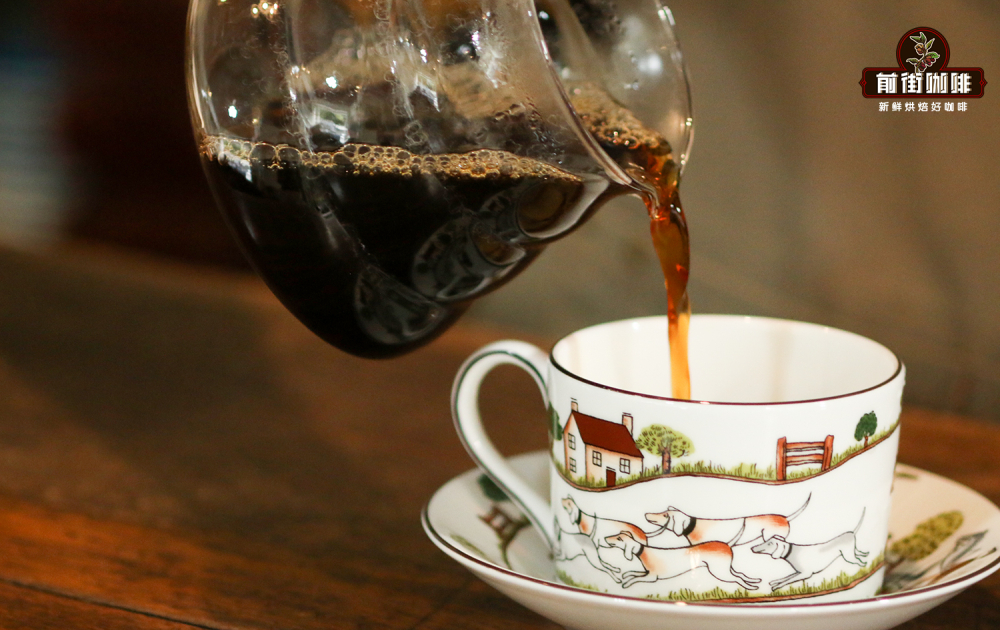
ExtractMoJo gold cup analyzer
Magic extraction Analyzer (ExtractMoJo) was invented by Vince Fedele, President of VST Company in the United States in 2008. It only needs to drop 2ml cooling coffee liquid on the optical instrument to accurately read the coffee concentration value, which is very convenient. You don't have to use an oven to dry the coffee liquid or coffee grounds, as in the past, avoiding the tedious coffee concentration algorithm.
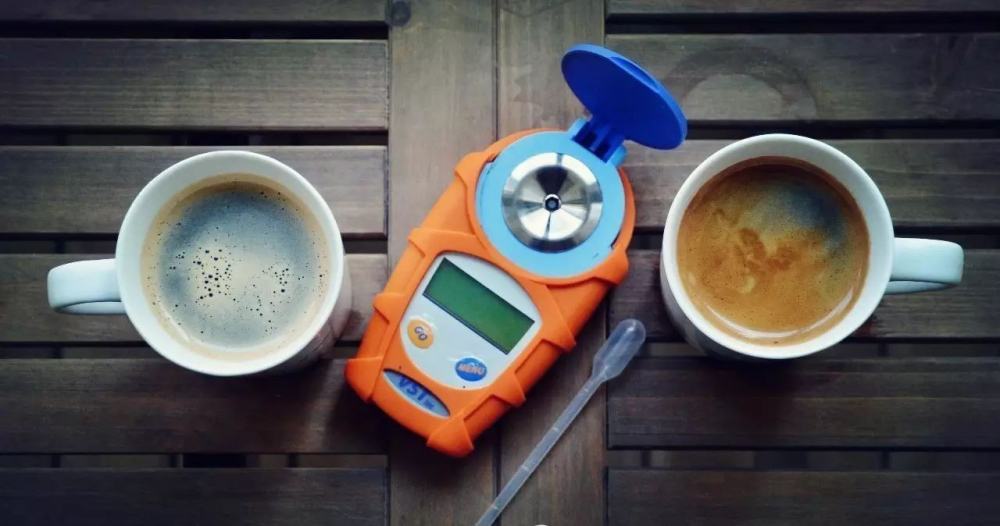
(ExtractMoJo,VST concentration Analyzer)
If there is no VST as an auxiliary measuring device, the calculation of extraction rate is much more complicated. At first, in the simplest way of making steel, Dr. Lockhart brewed coffee in an American coffee machine, wrote down the milliliters of black coffee, poured it into a metal vessel and put it in the oven to completely dry the water. at the end of the container, there is only solid powder left in the container. this is the coffee solid flavor extracted (hot water soluble substance), which divides the weight of the soluble substance by the weight of the coffee powder used to obtain the extraction rate.
Calculation formula of concentration
Weight of extracted coffee powder = weight of coffee powder before brewing-drying or drying weight of coffee powder after brewing
Extraction rate% = (weight of coffee powder before brewing-drying weight of coffee powder after brewing) / weight of coffee powder before cooking
Concentration% = weight of extracted coffee powder / milliliter of coffee liquid
Suppose:
15g coffee powder
12.17g coffee grounds after drying
Powder to water ratio at 1:16
The brewed coffee liquid is 216ml.
Extraction rate% = (15-12.17) / 15
= 2.83g / 15
= 18.8%
Concentration% = weight of extracted coffee powder / milliliter of coffee liquid
= 2.83g / 216ml
= 1.31%
Note: the wet coffee grounds after brewing are collected and dried in the oven. The soluble substances of coffee powder can be calculated by taking out the electronic scale and measuring. If you don't have an oven, you can also dry in the sun, but be careful that the coffee grounds are blown off by the wind. The dried or sun-dried coffee grounds should be the same as the coffee powder before brewing, and it feels fluffy and does not stick to the hand.
First of all, before making a good cup of coffee, there will be many decisive factors, and all we can decide is to use our own professional skills to extract all the good flavors of this cup of coffee. For a cup of coffee, the raw beans decide 60%, the baker decides 30%, and the barista decides 10%. It is impossible for the barista to increase the brewing rate to 20%, but as long as we do not lose points and present a complete cup of coffee to the guests, it will be enough.
Today we will use the Ethiopian Sakuran 4.0 of Qianjie Coffee to demonstrate, we need to prepare the following items: making a cup of hand-brewed coffee, coffee concentration tester (ExtractMojo), titration test tube, water.
Coffee producing area: Guji producing area of Sidamo, Ethiopia
Processing plant: Buku processing plant
Altitude: 2250-2350 m
Treatment method: sun treatment
Coffee varieties: native species
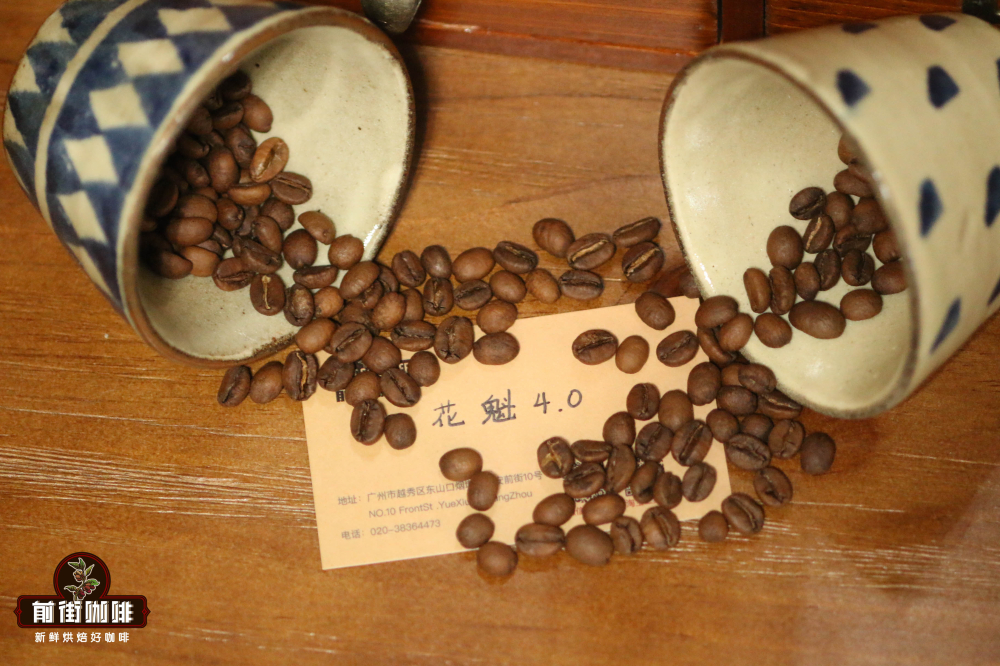
Cooking scheme
Powder content: 15g
Powder / water ratio: 1:15
Degree of grinding: fine grinding (the pass rate of No. 20 standard screen is 80%)
Water temperature: 91 degrees Celsius
Filter cup: V60
The cooking process is as follows
The first stage is filled with 30 grams of water and steamed for 30 seconds.
The second stage is injected with 95 grams (the electronic scale shows about 125 grams), and the injection is completed in about 1 minute, with an interval of ten seconds.
The third stage is injected with the remaining 100 grams (about 225 grams shown by the electronic scale), and the injection is completed in about 1 minute and 40 seconds.
The drip filtration is completed in about 2 minutes. Remove the filter cup and complete the extraction.
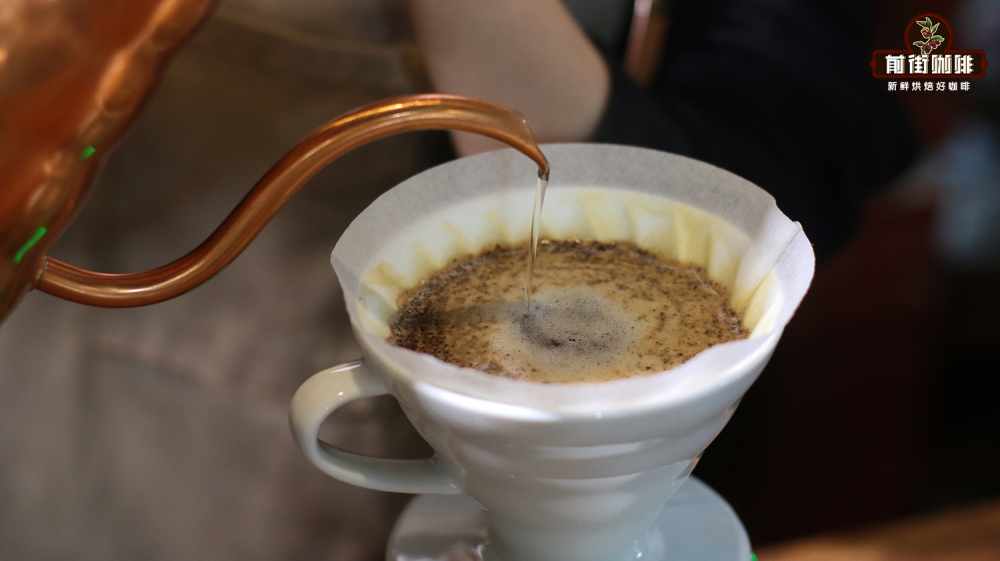
How to determine the concentration?
First of all, calibrate the concentration tester and clear the zero standard with pure water. Then stir the finished hand punch, and use the titration test tube to extract the coffee liquid, put it into the coffee concentration tester, press the determination key, try to determine the value many times, until the value is stable.
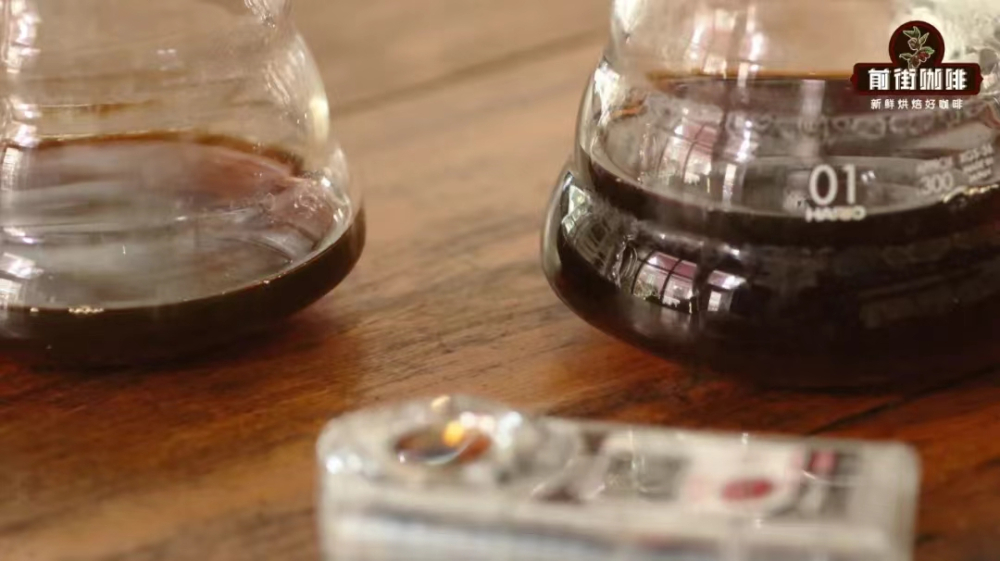
How to calculate the extraction rate?
Through the definition of concentration, we know that the concentration is equal to the ratio of the weight of the extracted substance to the coffee liquid, and the extraction rate is equal to the ratio of the weight of the extracted substance to the weight of coffee beans.
Then the conversion formula can be obtained that the extraction rate is equal to the product of the concentration and the weight of the coffee liquid divided by the weight of the coffee bean.
Here we generally assume that the water absorption of coffee powder is 1:2, so we roughly get that the amount of coffee liquid is 225-(15 × 2) = 195g.

We measured the concentration as 1.45%.
Then the extraction rate is 1.45% × 195 / 15% 18.85%.
We can conclude that this cup is a hand-brewed coffee with a concentration of 1.45% and an extraction rate of 18.85%.
We can judge that this is a cup of high concentration and moderate extraction rate of hand-brewed coffee, we can use this data to adjust the coffee, we can adjust our coffee through the proportion and other factors.
Of course, the golden cup is just a system for our reference, and everyone has different tastes, and the hand-brewed coffee that meets the golden cup data does not necessarily mean that it is good coffee, so it is recommended to try more and drink more.
For more boutique coffee beans, please add private Qianjie coffee on Wechat. WeChat account: kaixinguoguo0925
Important Notice :
前街咖啡 FrontStreet Coffee has moved to new addredd:
FrontStreet Coffee Address: 315,Donghua East Road,GuangZhou
Tel:020 38364473
- Prev
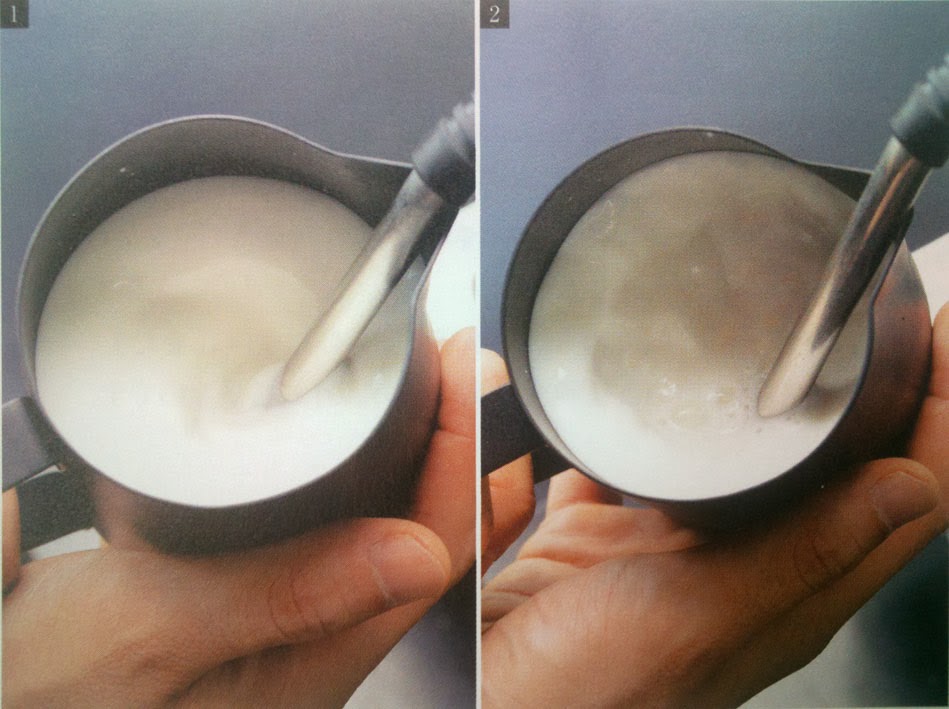
How to make excellent milk foam and pull out a coffee taste balanced cappuccino?
Communication of professional baristas Please follow the coffee workshop (Wechat official account cafe_style) after hitting the appropriate espresso to extract the milk bubbles that bring out the taste and characteristics of the coffee, the next step is the foaming of the milk. When milk is warmed and foamed by a machine called a steam engine, it is called milking. High-quality coffee, when matched with milk, can make people feel
- Next
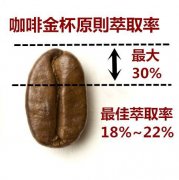
Coffee extraction Formula and Gold Cup extraction Theory | discuss the relationship between extraction rate and coffee powder thickness
Professional barista exchanges please follow the coffee workshop (Wechat official account cafe_style) these days many friends asked about the extraction rate related things are not very clear 18% 22% represents the meaning of drawing a picture to supplement that according to the study of SCAE the maximum extractable rate of coffee beans is 30%, in short, 10 grams of coffee beans, up to 3 grams of other extracts.
Related
- What is the meaning of lactic acid fermentation with coffee bean treatment?
- How to judge the state of foam by sound?
- How does the latte pull out the unicorn pattern? Come to get for a little trick to improve the flower pull!
- Will flower pulling affect the taste of the latte?
- Do you know the history of coffee?
- The difference between honey treatment and sun washing what is raisin honey treatment?
- What kind of milk can a novice use to make coffee foam to keep the foam longer? The correct method and skills of milking tutorial sharing
- Why do washed coffee beans taste sour? Flavor characteristics of washed Coffee
- Introduction to the skill of how to practice the size and height of water injection around the circle of hand-brewed coffee
- How do beginners practice coffee flower drawing from scratch?

